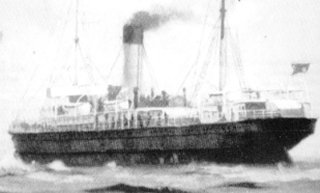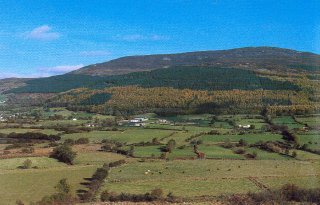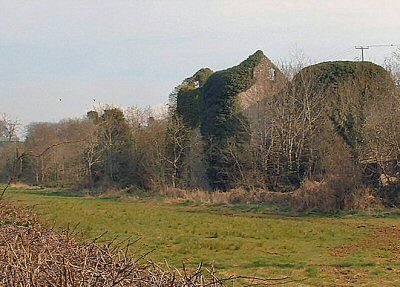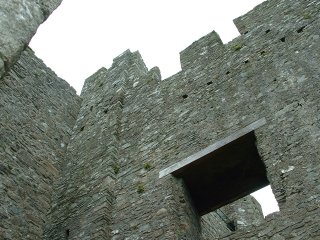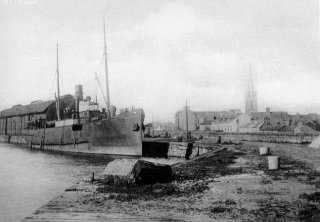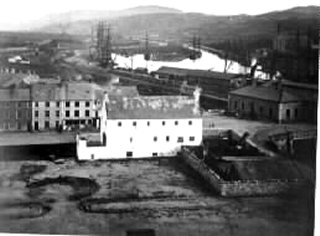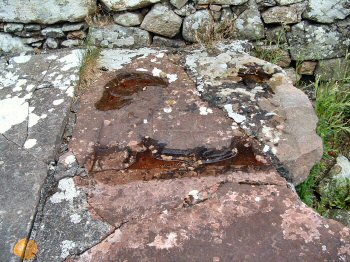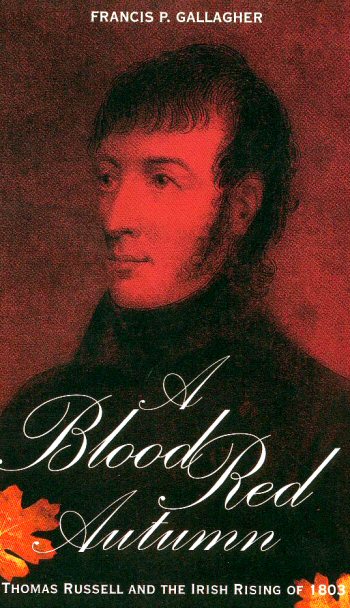We have written before of the great Ulster Presbyterian migrations from here to
Pre 1800
Gap of the North 1599-1601
Many of you attended John McCavitt’s ‘Flight of the Earls’ CD launch in the Arts Centre’s auditorium last evening for there was a packed house and indeed, extra temporary seating had to be installed. You were well entertained and informed and many availed of the opportunity to purchase the historical/musical CD. It will shortly be available in the shops but meanwhile it can be purchased from John through his great website (http://www.theflightoftheearls.net/) where too the following article (reproduced here by permission) can be browsed.
Cannibalism in Newry
In the aftermath of Kinsale (1601) – in which battle over 1200 Irish were slaughtered and decapitated even in flight – Sir Arthur Chichester advocated a ruthless policy across the country of spoilation, terror and destruction that before long became the policy of Mountjoy’s forces. In places where
Abbey of Viride Lignum
The Cistercian Monastery at Newry was established before the arrival of conquering
Emigration Patterns 2
The
Presbyterians to America
One can only speculate what might have been the outcome of the 1798 Rebellion in Ireland had not so many Ulster Presbyterians, the backbone of that radical movement the United Irishmen, left our shores in the eighteenth century to find a new life in America. Our previous article demonstrates what a huge effect these pioneering people had on the future history of that emerging nation on the other side of the
Magennis Grave, Clonduff
The gravestone pictured below has the Magennis coat-of-arms and other inscriptions carved (though now badly-weathered) upon it. The seventeenth century repression following the 1641 insurrection saw the suppression of the branch of the locally ruling Magennis sept and the confiscation of lands. Some Magennisses made their peace with the English in order to retain some possessions and a position of influence.
It was never anything but a short-term policy on the part of the occupiers and by the end of the century less than 10% of all Irish land was in Irish hands.
Man from God-knows-where
Thomas Russell – the man from God-knows-where – was a United Irishman leader, a friend of Tone and Emmett, who organised Co Down (the location of Florence Wilson’s poem), was arrested and gaoled before the ’98 Rebellion but, after his release in 1802 he organised the North in Robert Emmett’s ill-fated 1803 uprising.
The first part of the poem is set in Winter 1795, the latter in Autumn 1803.
17 th Century Happenings
When the most powerful chief in Gaelic Ireland, Hugh O’Neill, who had taken the English title of Earl of Tyrone, submitted to Lord Mountjoy, the Queen’s Lord Lieutenant at Mellifont Abbey in Louth in the early 17 th century, the English Conquest was all but complete.
